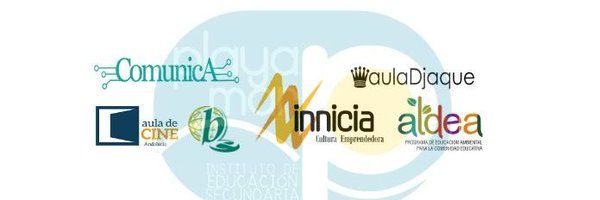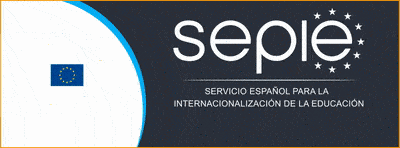IES Playamar
IES Playamar is a Public High School located in Torremolinos (Spain). It is an ICT center. We have 963 students, their ages are from 12 to 20 years. We offer: ESO, Bachelor of Social, Humanities and Technology. We also have two Formative Cycles, in “Computer Science” and “Automotive”.

This is the School Link : https://www.iesplayamar.es/
Where is IES Playamar?
IES Playamar is joining this project for these reasons :
1) IES Playamar teachers want to change that described reality. We intend to preserve and disseminate this ancestral knowledge about these crafts, especially those that are in danger of disappearing. And, on the other, to increase the employability of young people by helping them to start from the detection of opportunities in the craft sector using ICTs, so that they generate value and that, as their ancestors did, they can continue living from it. .
2) We need to continue with our strategic internationalization plan that began two years ago. Erasmus + is an opportunity. Regarding our potential, as a center, with the contributions to the project, indicate that:
1) Our teaching team is involved in the main relevant areas of knowledge of the project. The departments involved are: Art; History; Technology; Economy; Computing; English; Orientation and the management team
. 2) In this project the director, the association of fathers and mothers (families) and the administrative staff actively participate because, for them, it is also important to compare our organization and management with other educational systems.
3) The school interacts and collaborates with cultural institutions and craft associations in the area.
4) The school develops several innovation projects in the framework of the regional programs like Innicia in Entreprenuship, Comunica in Oral and digital development or Aldea in the branch of enviroment Protection.

Why does this project arise? On the occasion of the European year of cultural heritage, we did a SWOT analysis of its state in our environment. The conclusions were:
- Art and crafts: they are part of our cultural heritage with incalculable value. • Ancestral knowledge threatened by globalization and low-cost mode of production. • Scattered and lacking attention from society and governments.
- Lacking resources to compete in the global world.
- With technical-artistic knowledge but lacking in business training.
- Very linked to the rural world.
- Highly feminized.
- • Other people’s to the circuits of promotion of the enterprise.
- Key to the construction of a circular economy, of a “slow” way of life. (Later, when looking for the rest of the partners, they applied this analysis and observed that in their environments there was the same reality and type of problems).



About the author